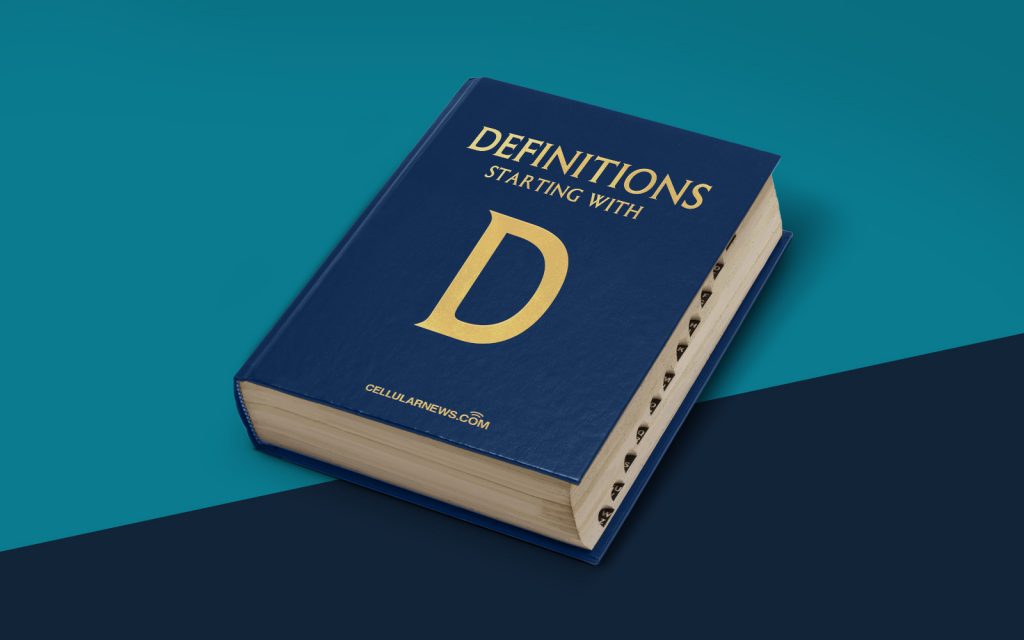
What is a Data Type? A Comprehensive Overview
Welcome to the Definitions category of our blog, where we delve into the fundamental concepts of various subjects. In this article, we will explore the concept of data types and their significance in the world of programming and data management. If you’ve ever wondered what data types are and how they affect the way information is stored and processed, you’ve come to the right place!
Key Takeaways:
- Data types define the nature of data and determine how it can be used and manipulated within a programming language or system.
- Common data types include integers, floats, strings, booleans, and arrays, each with its own set of operations and characteristics.
Understanding Data Types
Data types are a fundamental concept in programming that play a crucial role in how information is handled and stored. They define the nature of the data and determine the operations that can be performed on it. Every value or variable in a programming language has a specific data type, which helps the computer interpret and process the information correctly.
Let’s dive a little deeper into the world of data types and explore some essential points to consider:
1. Categorizing and Organizing Information
Just like organizing files into different folders for easier retrieval, data types allow us to categorize and organize information effectively. They help us define the characteristics and properties of different data, making it easier for programmers to work with them.
Data types enable us to specify whether a value is a whole number (integer), a decimal number (float), a sequence of characters (string), a true/false value (boolean), or an ordered collection of values (array).
2. Enabling Operations and Constraints
Each data type comes with its own set of operations and constraints, allowing different manipulations and calculations to be performed on the data. This ensures that data is used consistently and appropriately.
For example, with integer data types, we can perform mathematical operations like addition, subtraction, multiplication, and division. With string data types, we can concatenate and manipulate text, while with boolean data types, we can perform logical operations such as AND, OR, and NOT.
Popular Data Types:
- Integers: Used for representing whole numbers, both positive and negative.
- Floats: Represent decimal numbers and allow for greater precision in calculations.
- Strings: Used to store sequences of characters, such as names or phrases.
- Booleans: Represent logical values – either true or false.
- Arrays: Ordered collections of values, which can be of the same or different data types.
By utilizing different data types, programmers can ensure that the right operations and constraints are applied to specific information, leading to more efficient and accurate code execution.
Wrapping Up
Data types play a pivotal role in programming and data management, enabling the categorization, organization, and manipulation of information. By defining the characteristics and operations associated with different types of data, programmers can ensure that their code operates effectively and efficiently.
Key Takeaways:
- Data types define the nature of data and determine how it can be used and manipulated within a programming language or system.
- Common data types include integers, floats, strings, booleans, and arrays, each with its own set of operations and characteristics.
We hope this article has provided you with a clear understanding of what data types are and why they are essential in programming. By grasping the concept of data types, you are well on your way to becoming a more proficient programmer!
